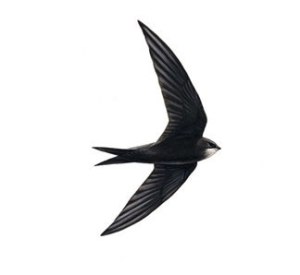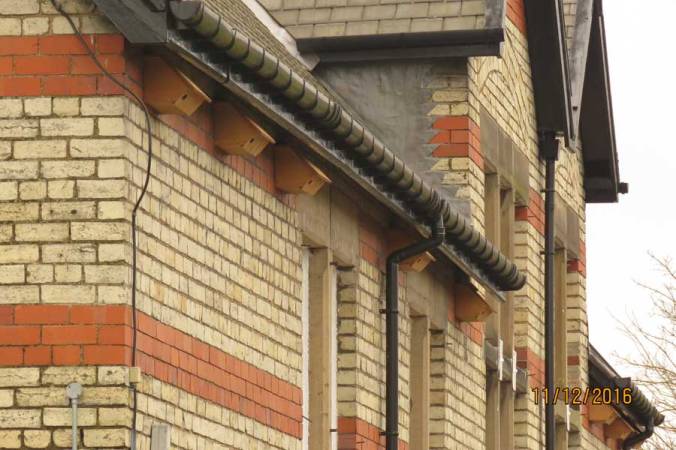There have been a number of critical comments in the bird hide log book about the state of the nature reserve this summer. The absence of birds, particularly kingfishers, seems to be of concern. We would like to take this opportunity to address those concerns.
The management of the Reserve this summer has been the same as in previous summers. It is perhaps worth noting that this year bird migration has been poor across the UK.
The hide overlooks a winter feeding station. Winter is when you will see plenty of birds. In summer we stop providing food, as has been the case for many years, therefore the birds go elsewhere, feeding on natural resources in and around the Reserve. We resume feeding mid October. Artificial feeding brings in artificial concentrations of birds. When we stop feeding, a more natural habitat returns and more normal bird numbers are seen along with other wildlife like dragonflies, butterflies and other insects. The hides are therefore much quieter. If you leave the hide, a walk around the Reserve will reveal good populations of a variety of birds but they will be harder to see so greater effort is needed. We have, for example, one of the best breeding populations of tree sparrows (a Red Data Book species) in the North East.
The absence this summer of the kingfisher is not something we have much control over. The kingfishers have decided to go elsewhere or have died of natural causes or have been killed. They’ll probably return, there’s plenty of food for them in the pond. But we can’t force them! Mallards have not bred this year either but moorhens have had three broods.
There have also been complaints about overgrown vegetation. We do cut this back, usually twice during the summer, to give a better view of the pond. The absence of the kingfishers has meant we’ve cut it less vigorously this year. “Overgrown” vegetation provides an important habitat and food source for many invertebrates. Which in turn provide food for birds. Cutting it too much can be counterproductive and is not conservation best-practice. Over two hundred species of flowering plants have been recorded in the Reserve. (Along with twenty species of butterfly, thirteen different dragonflies and many moths. Hardly “sterile” as one comment suggested). Managing the Reserve is very much focussed on retaining, and hopefully increasing, this biodiversity.
Finally we must emphasise this is a nature reserve, not specifically a bird reserve. We are providing a range of habitats and a refuge for wildlife unable to use the intensively farmed fields surrounding the Reserve. We manage it for all wildlife. We do urge visitors to the hide to look around and enjoy the rest of the Reserve. There’s a lot to see.
Editor’s note – we would also like to remind all visitors that the Reserve is managed entirely by volunteers who give up their time for the enjoyment of all – if you enjoy this space, why not consider taking part in looking after it too – we’re a friendly and easy-going bunch! Just message us here, or call 07977 350757.
























 wifts are fast, agile fliers with a similar silhouette to a Swallow or Housemartin, and although looking black against the sky, are actually dark brown in colour. They spent almost all of lives on the wing. Swifts generally visit the UK from April to August.
wifts are fast, agile fliers with a similar silhouette to a Swallow or Housemartin, and although looking black against the sky, are actually dark brown in colour. They spent almost all of lives on the wing. Swifts generally visit the UK from April to August.